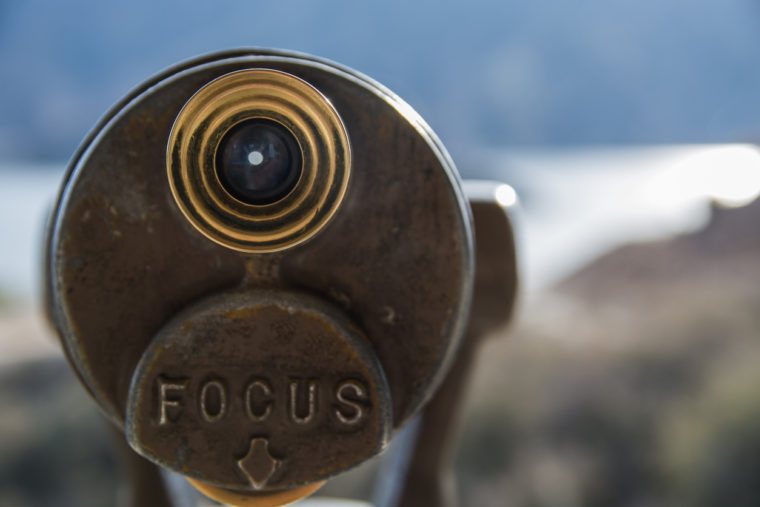
Recent studies have revealed a considerable body of evidence supporting the idea that a constant workflow detracts from productivity. As a result, taking breaks more often may actually increase a worker’s output. Basically, break up your day and get more done.
Expending and Regaining Energy
Tony Schwartz is the founder of the Energy Project. He teaches that humans naturally move between a state of focus and enthusiasm to having their energy depleted in 90-minute cycles. He refers to these cycles as pulsing and pausing. Schwartz teaches that as a result of the pulse and pause pattern, we need to take breaks at 90-minute intervals throughout the day. During these breaks, it’s important to do things like walk, rehydrate, and to eat healthy snacks.
Breaks Do Not Have to be Unproductive
Laura Vanderkam is a time management expert who recommends that workers plan their breaks proactively. She notes that the breaks can still involve work but also that workers should get away from the main aspect of their job in order to regain their energy and focus.
A Fast Company article points to a study by the Draugiem Group on worker productivity. It found that the most productive employees did not actually spend more time working when compared with other workers. The number of breaks they took is what set them apart. On average, these workers worked in 52-minute sprints, and then took 17-minute breaks afterward.
Vary The Length of Breaks
Most of these methods recommend that you increase the break length after you have gone through a certain number of the pulse and pause sequences; however, rhythm seems to matter more than break-length. The ideal rhythm may be different for each worker.
If you are an entrepreneur looking for ways to achieve growth for your company, the amount of time you spend working may not equal getting more done. I’d love to hear from you about how you incorporate healthy breaks into your workday!

Please note: I reserve the right to delete comments that are offensive or off-topic.